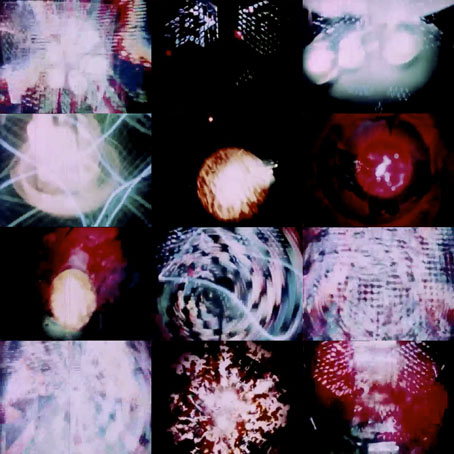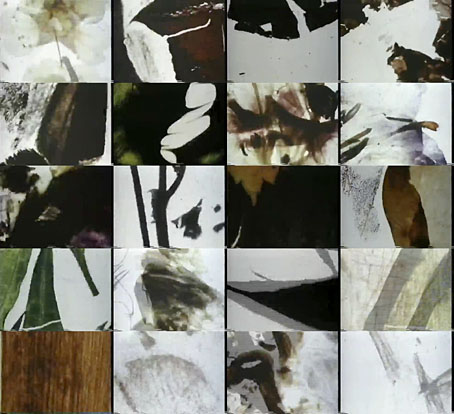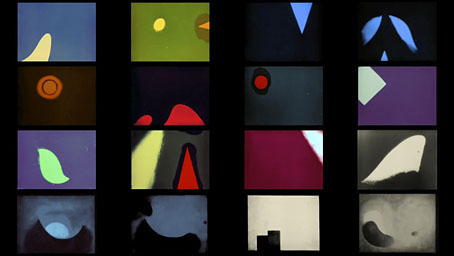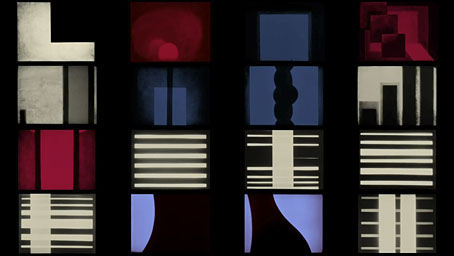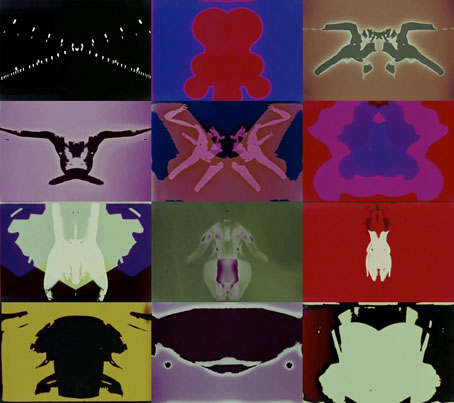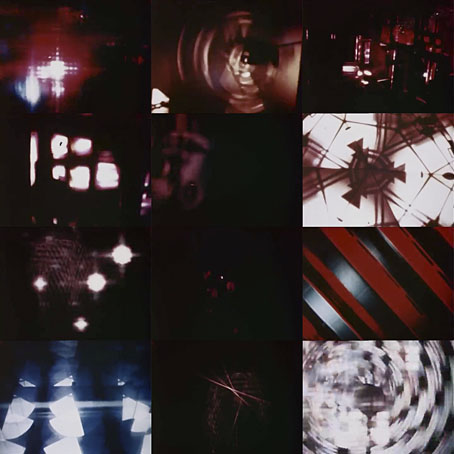
I’m currently reading my way through Rob Chapman’s lysergic doorstop Psychedelia and Other Colours, a comprehensive study of a cultural phenomenon that’s well-represented on these pages. So expect more posts like this one which concerns another gem of abstract/psychedelic cinema. Turn, Turn, Turn (1966) is a collaboration between Jud Yalkut (visuals) and the Us Company aka USCO (sound). The latter receive several mentions in Chapman’s detailing of the early psych scene in San Francisco in the mid-60s; here they put a Byrds song through the mangler while Yalkut’s mechanical and other effects flicker and gyrate. The visuals are reminiscent in places of the film made by László Moholy-Nagy of his Light-Space Modulator, fittingly so when Chapman credits Moholy-Nagy’s machine with being one of the many forerunners of psychedelia in the art movements of the early 20th century.
The YouTube copy linked here has a bonus at the end with a truncated version of a later Yalkut collaboration with Nam June Paik, Beatles Electronique.
Elsewhere on { feuilleton }
• The abstract cinema archive

